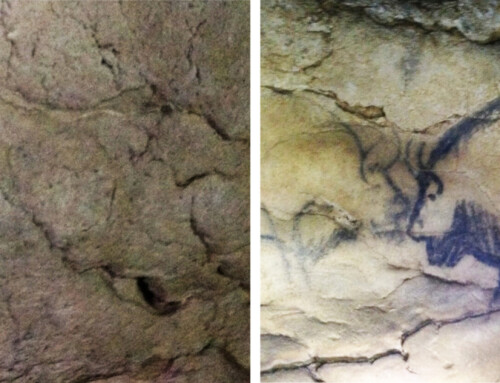LINKED PAPER
Discovery of a morphologically and genetically distinct population of Black‐tailed Godwits in the East Asian‐Australasian Flyway. Zhu, B.R., Verkuil, Y.I., Conklin, J.R., Yang, A., Lei, W., Alves, J.A., Hassell, C.J., Dorofeev, D., Zhang, Z. & Piersma, T. 2020. IBIS. DOI: 10.1111/ibi.12890. VIEW
Figure 1: Right: A flock of Black-tailed Godwits in Shenzhen Bay (near Hongkong), note the smallest individual in the front row © Qiuhe Chen
It is well known that the East Asian-Australasian Flyway (EAAF) is the most species-rich waterbirds flyway in the world. However, our knowledge of most species is still very limited. For instance, in the waders’ world, Black-tailed Godwits (Limosa limosa) have three recognized subspecies that live across Eurasia, two European subspecies L.l. islandica and L.l. limosa are larger in body size than L.l.melanuroides. This last one was considered the only subspecies in the EAAF. Over the last decade, numerous field observations reported two different sized Godwits in Eastern China (Fig 1). Particularly, in the North of Bohai Bay, China, a flock of limosa sized Godwits caught our attention (Fig 2). We wondered whether there was truly only one subspecies of Black-tailed Godwit in the EAAF.

To test this, we compared the differences between the Godwits in Bohai Bay and three known subspecies in terms of morphology and genetics. It turned out that Bohai Godwits were indeed much larger than melanuroides in every dimension, their body size was only slightly smaller than limosa. Interestingly, the wing length of the Godwits in Bohai Bay was on average 10 cm shorter than the two European subspecies! So, we had a flock of Black-tailed Godwits in Asia which was definitely not melanuroides, but more like a short-winged version of limosa! Could it be just an undetected limosa population? Nope, the genetic study on mitochondrial DNA also discovered a unique haplotype of the Godwits in Bohai Bay (Fig 3). Moreover, the genetic differences between these four populations were all significant. Therefore, we suggest treating this population as a subspecies with the name of Limosa limosa bohaii.

This finding confirmed the high potential that the EAAF still hides for exploration. And at the same time raised more questions: What is L.l. bohaii’s annual cycle? Distribution? Population size? These are some of the questions we will be working on in future to understand better this newly discovered subspecies.
References
Engelmoer, M. & Roselaar, C.S. 1998. Geographical Variation in Waders. Kluwer, Dordrecht. VIEW
Höglund, J., Johansson, T., Beintema, A. & Schekkerman, H. 2009. Phylogeography of the Black-tailed Godwit Limosa limosa: substructuring revealed by mtDNA control region sequences. Journal of Ornithology 150: 45-53. VIEW
Trimbos, K.B., Doorenweerd, C., Kraaijeveld, K., Musters, C. J., Groen, N.M., de Knijff, P., Piersma, T. & de Snoo, G.R. 2014. Patterns in nuclear and mitochondrial DNA reveal historical and recent isolation in the Black-tailed Godwit (Limosa limosa). PloS ONE 9: e83949. VIEW
Zhu, B.R., Hassell, C.J., Verkuil, Y.I., Gunnarson, T.G., Hooijmeijer, J.C.E.W., Z-W, Zhang. & Piersma, T. 2020. Size, shape and sex differences in three subspecies of Black-tailed Godwits Limosa limosa. Bird Study. DOI: 10.1080/00063657.2020.1733930 VIEW
Image credit
Top right: A flock of Black-tailed Godwits in Shenzhen Bay © Qiuhe Chen





